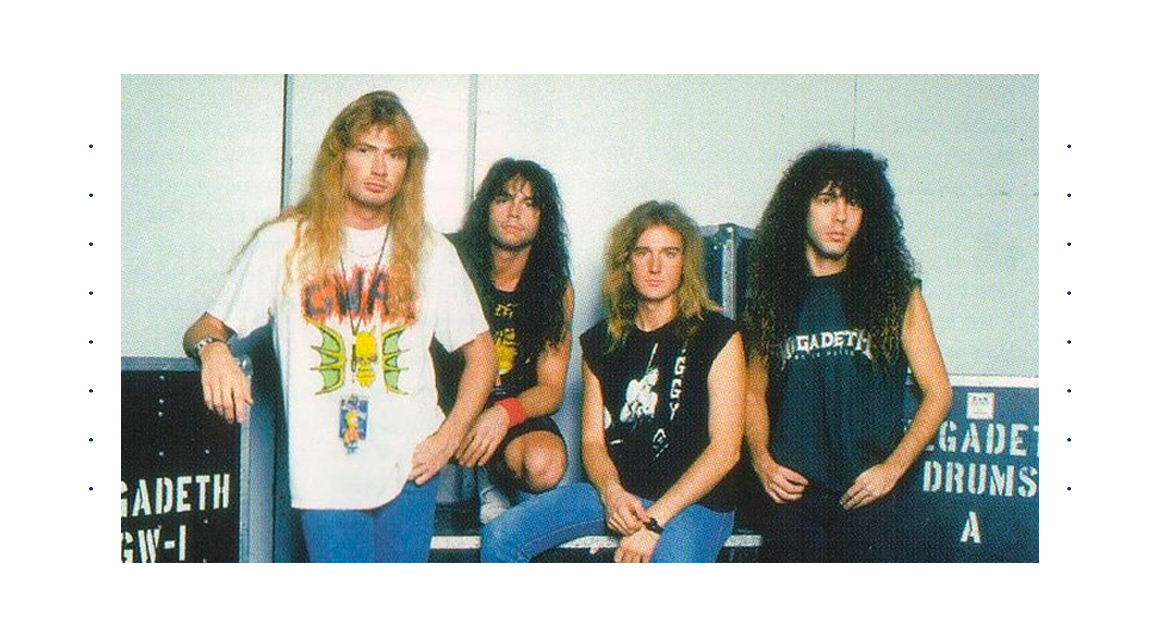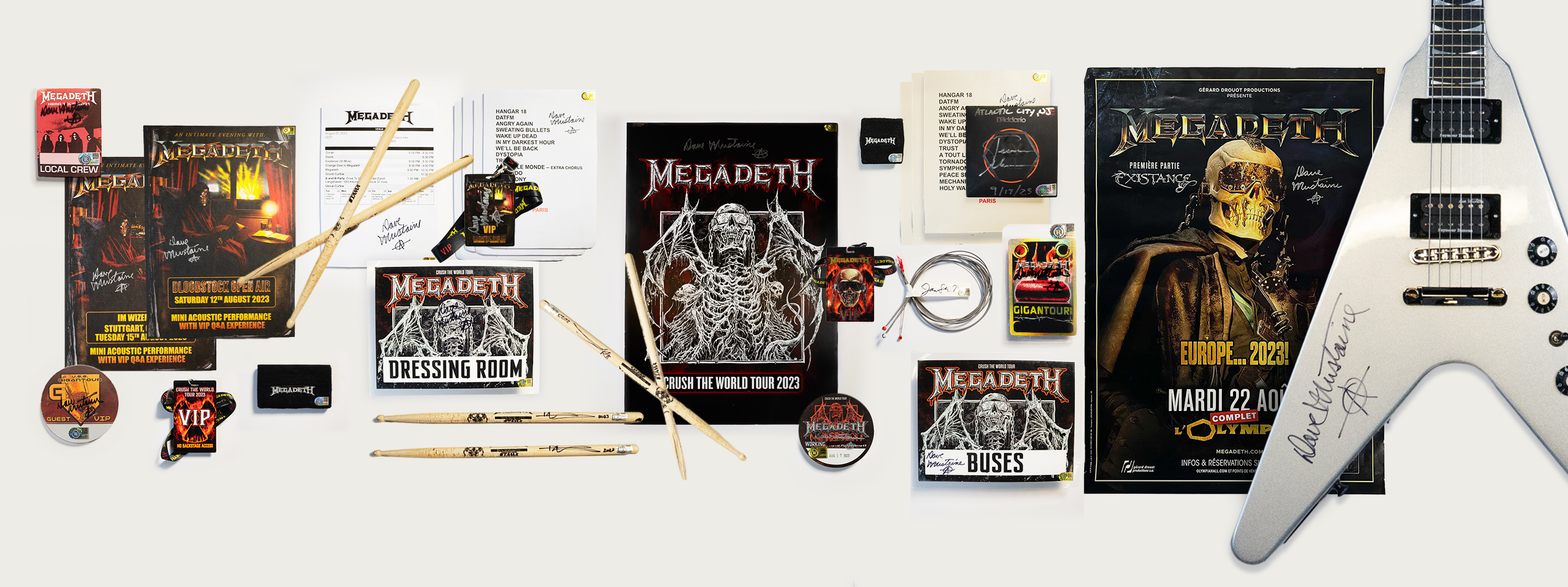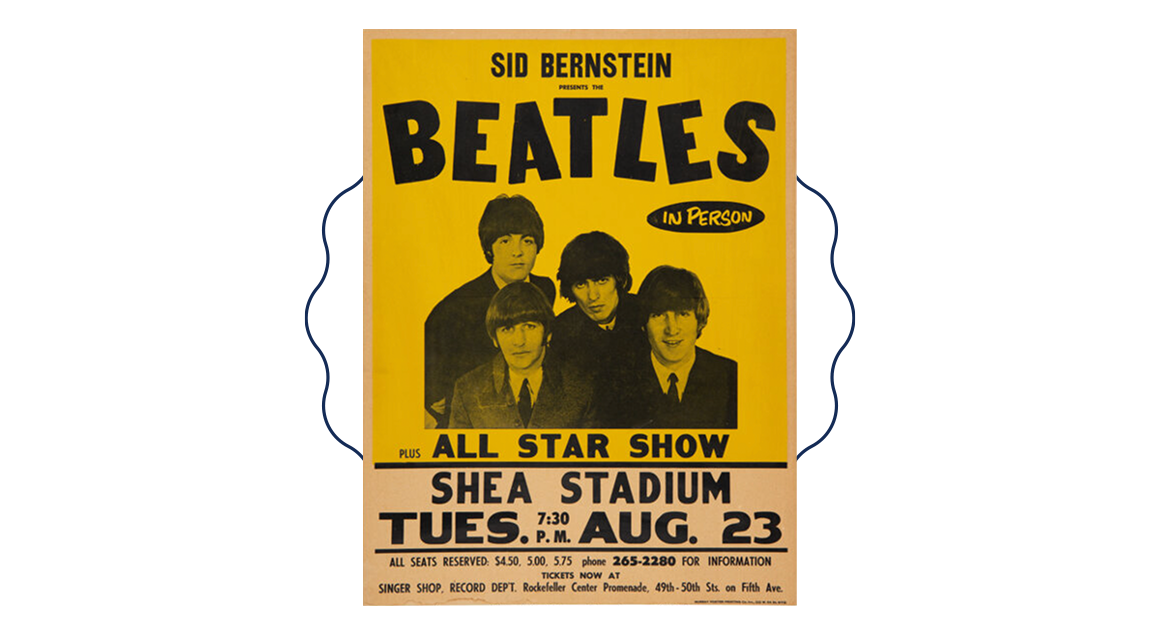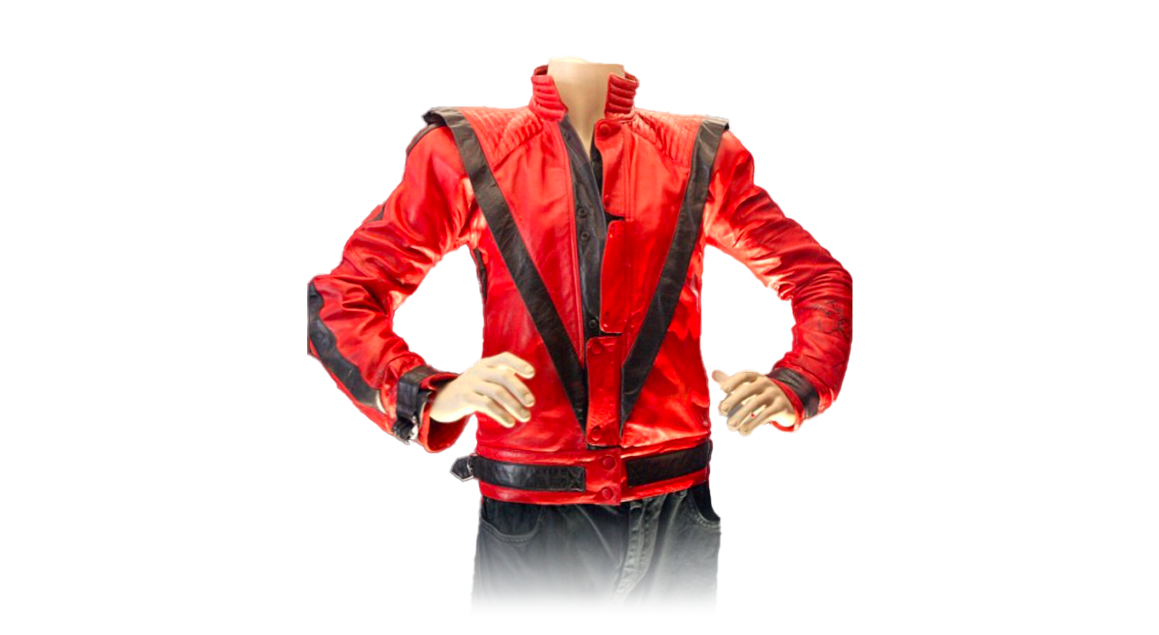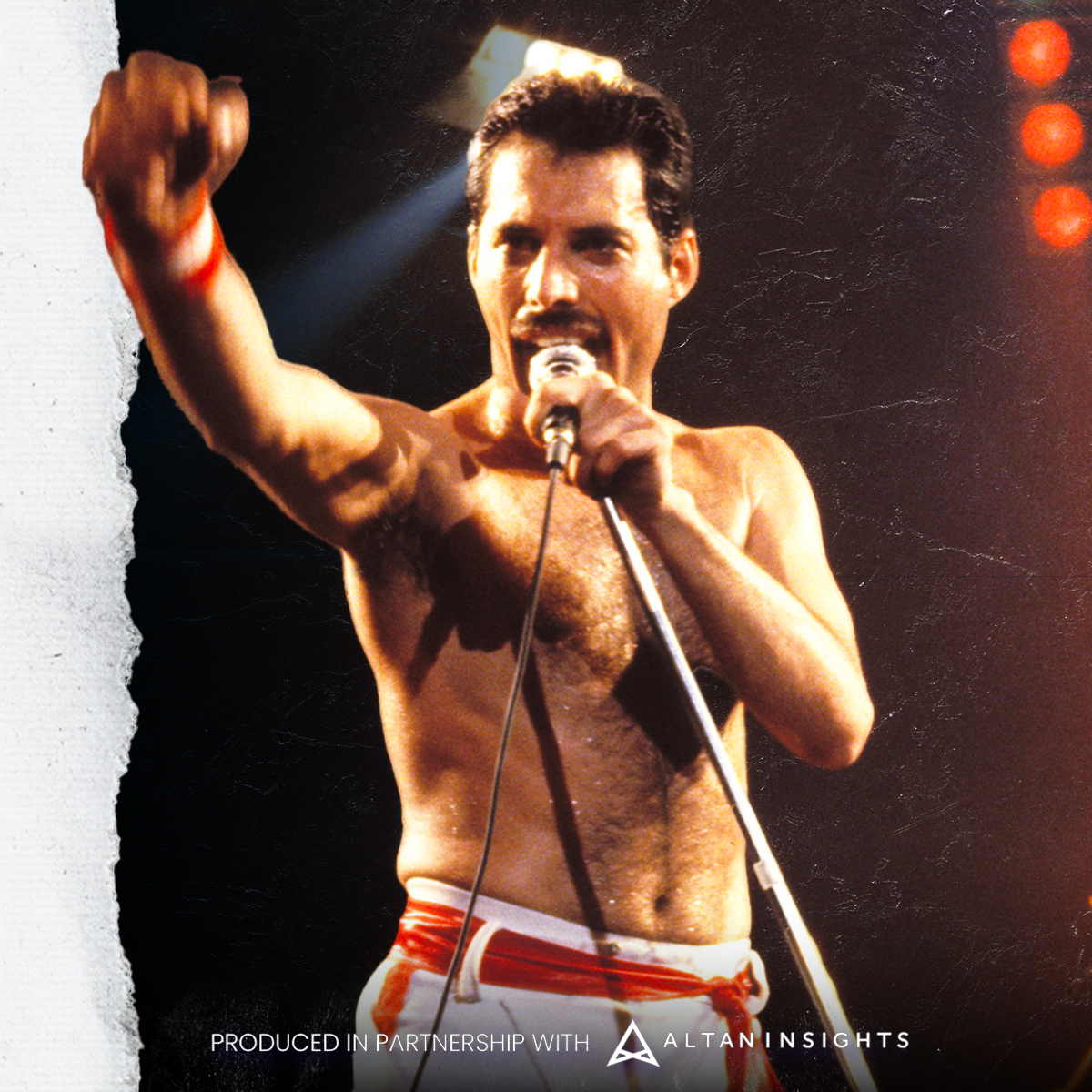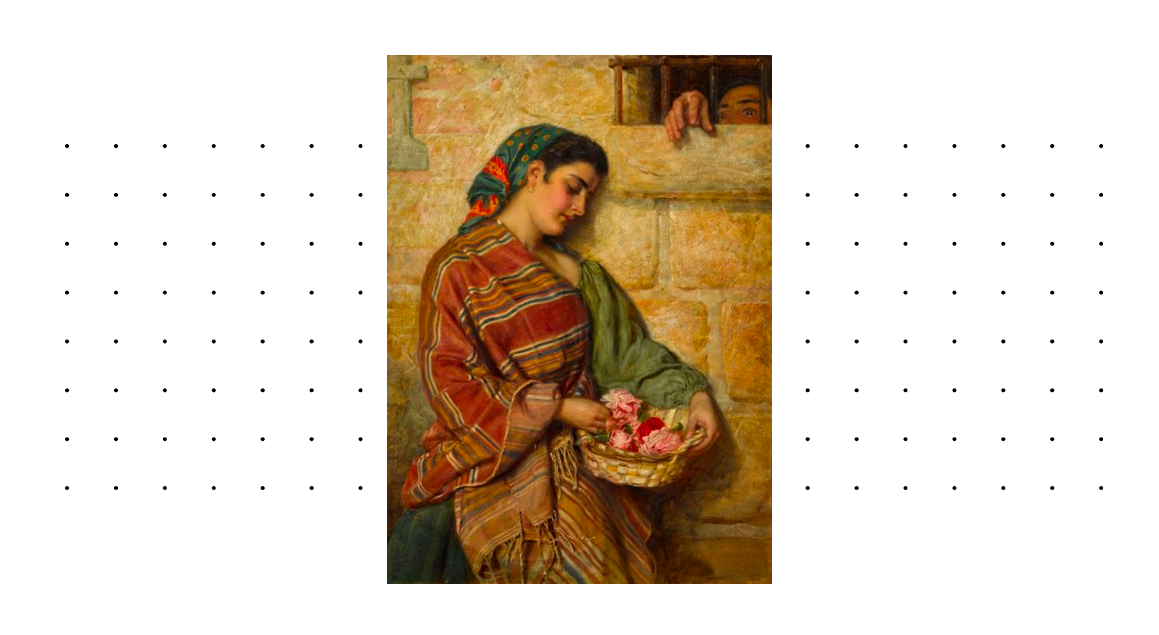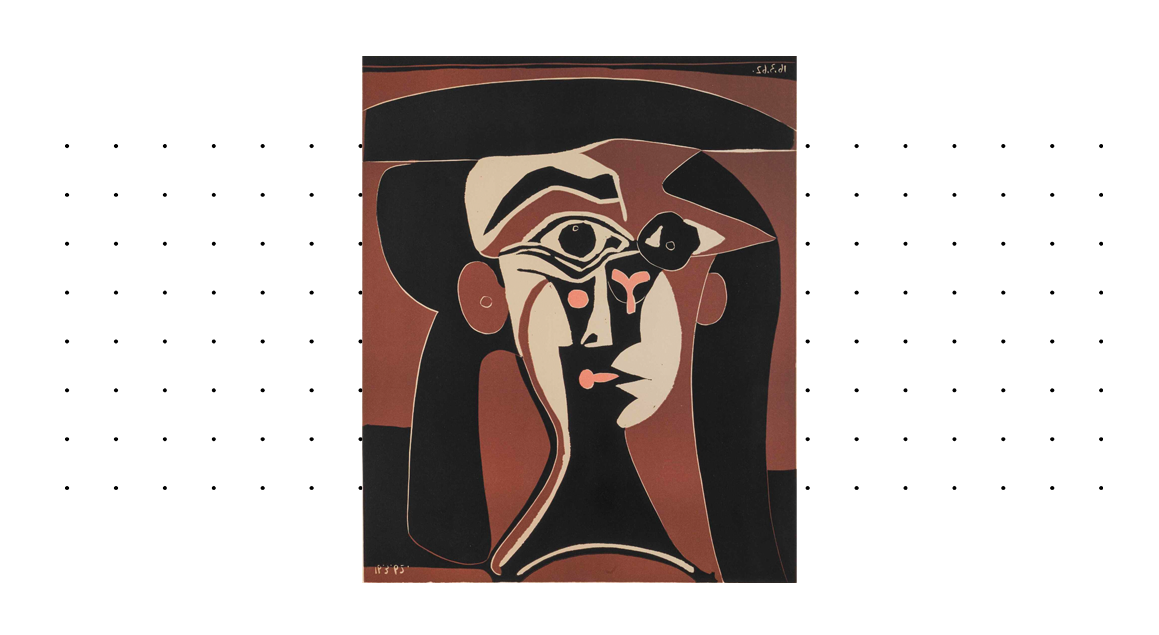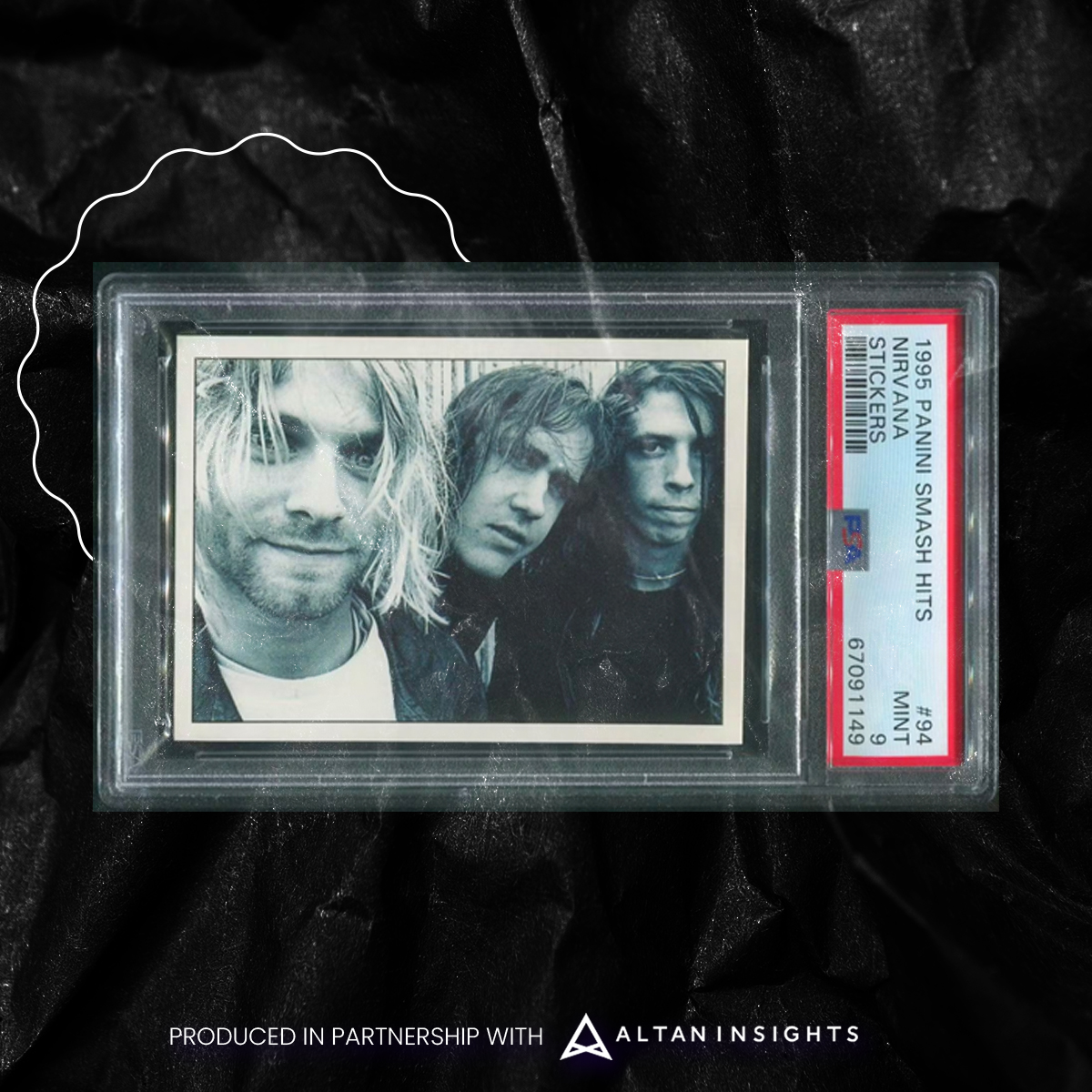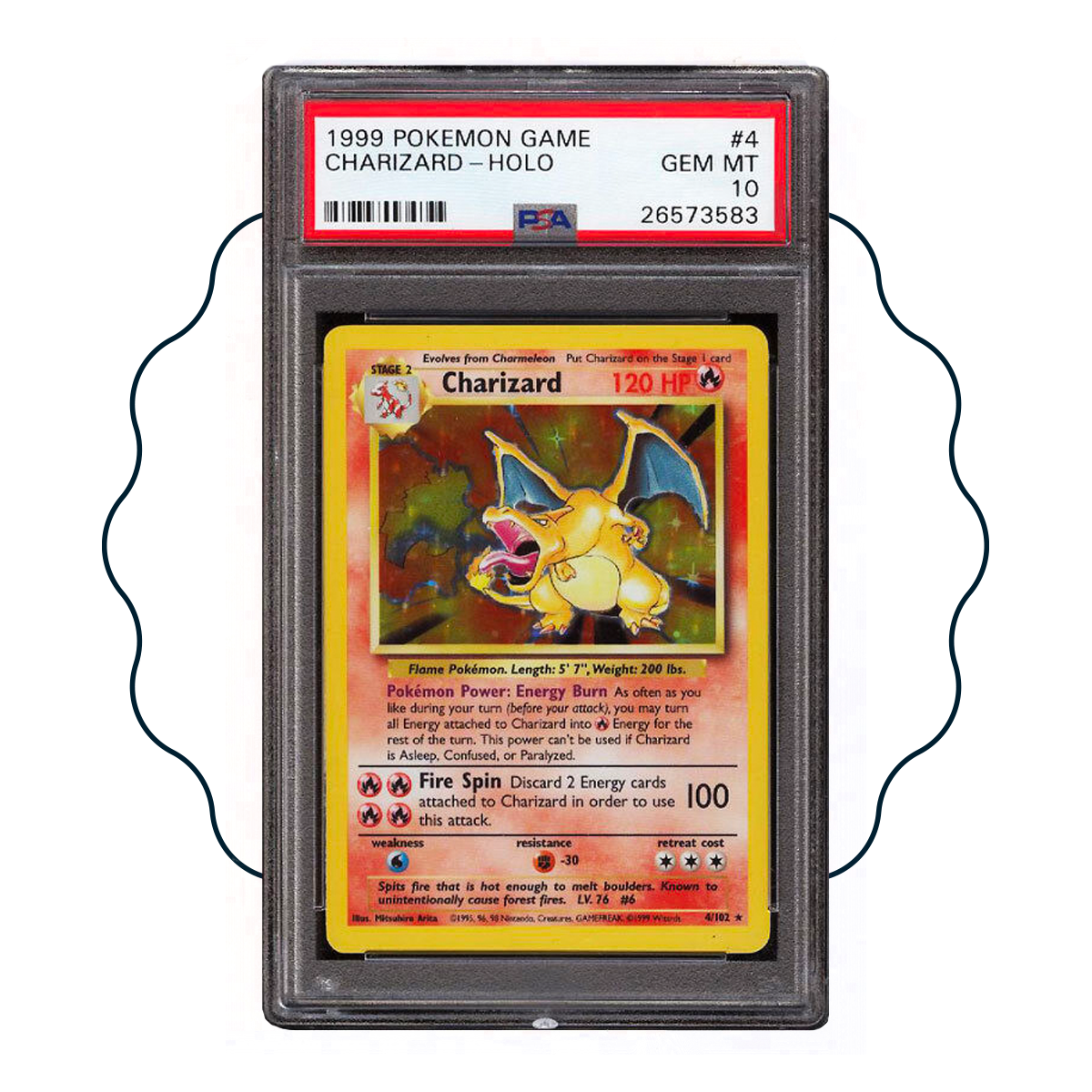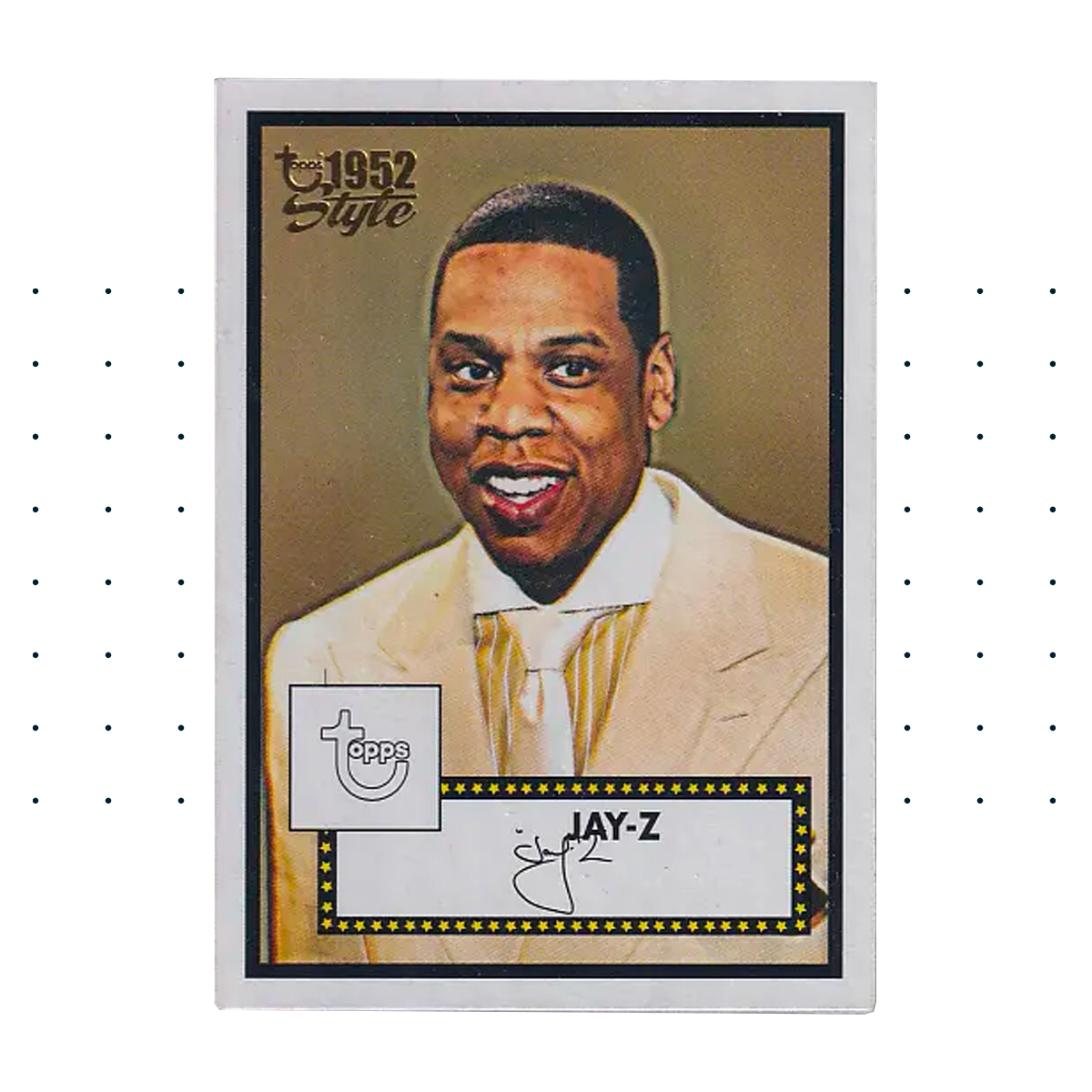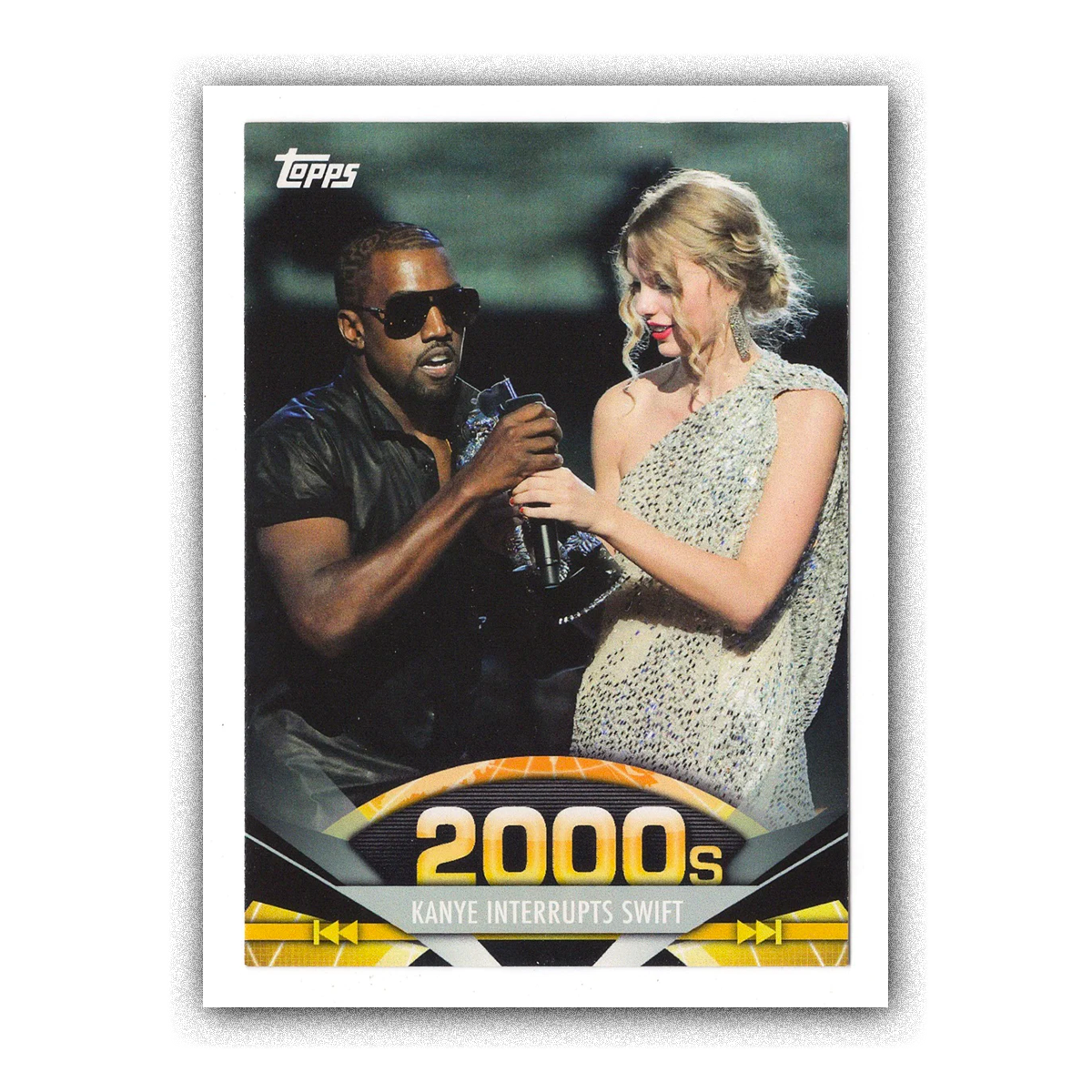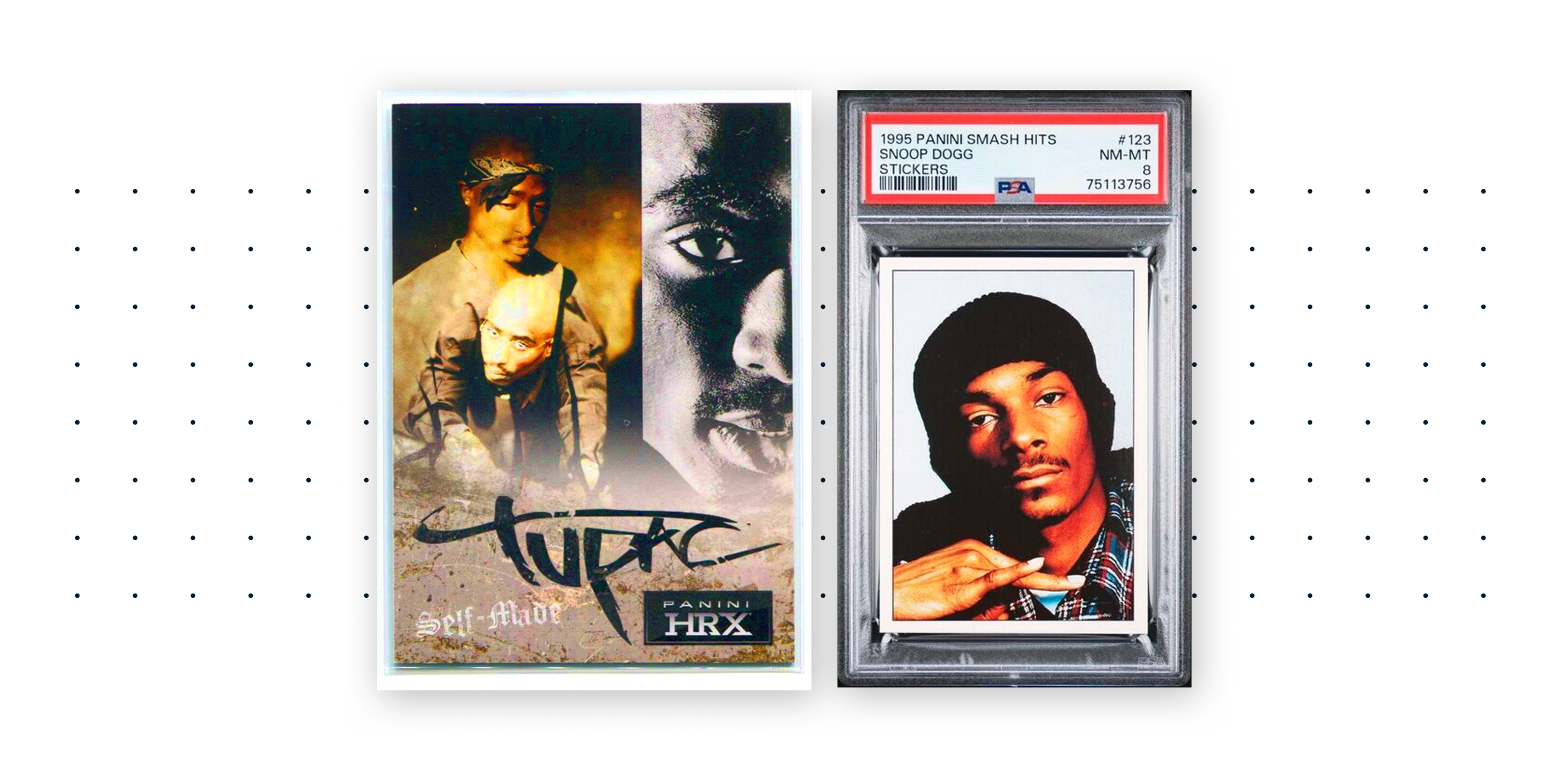The allure of music memorabilia is a unique blend of nostalgia, art, and cultural significance. The impact and influence of a pivotal moment within the music industry can transform a tangible piece of history into a cherished artifact, offering collectors an opportunity to own part of the legacy of a specific musician or performance. The journey from legendary event to iconic collectible is one deeply intertwined with the emotions and passions of fans and the appreciation of significant moments in music
Woodstock: The Festival that Defined a Generation
Woodstock, the legendary 1969 music festival held in upstate New York, stands as an enduring symbol of the counterculture movement and one of the most impressive musical lineups ever assembled. The rain-soaked event featured iconic performances by artists like Jimi Hendrix, Janis Joplin, and The Who, set against a backdrop of peace, love, music, and mud.
While organizers initially anticipated approximately 5,000 attendees, more than 180,000 tickets were sold as 400,000 people ascended upon Bethel, New York. In August 2021, PSA eclipsed 1,000 graded Woodstock tickets, and by August 2022, that population had ballooned to nearly 3,700 graded tickets and stubs. As of August 2023, the population has finally shown signs of plateauing as the grading agency has recorded 3,916 full Woodstock tickets and 54 stubs. Contributing to nearly 50% of the total population, Three Day $24 tickets to the “music and art fair” are the variation with the highest PSA population and can be acquired for less than $400 today.
While the ticket market might be oversaturated, the market for other Woodstock-related collectibles continues to appreciate. Much like tickets, Woodstock programs and posters are abundant, but if they’re signed, their values multiply. In 2014, RR Auction sold a Jimi Hendrix signed program for $22,050, while signed prints of the easily recognizable red festival posters have sold in excess of $10,000. Even unsigned advertisements can command top dollar if the perfect storm of condition and rarity are met. Earlier this year, Heritage Auctions sold a cardboard bus sign which listed all the headline performers for $15,625. While paper and cardboard can reach five-figures, it takes something stage-used to hammer for six. In 2019, Heritage sold the Martin D-45 Acoustic Guitar used at Woodstock by Graham Nash for $162,500.
The Beatles: Collections Curated from the Invasion
There are few events that can compare to the sheer spectacle and stardom of The Beatles’ 1965 and 1966 performances at Shea Stadium. For the most convincing evidence to support that statement, just look at the liveliness of the market for its original concert posters.
In 2021, Heritage Auctions tied the concert poster record with their $150,000 sale of a 1966 Beatles poster before eclipsing that mark with another Shea Stadium specimen one year later. In April 2022, the auction house presented a rare, unrestored edition of the unmistakable yellow poster featuring the Fab Four with the ad ultimately selling for $275,000.
The 1965 showing drew more than 55,000 fans, but only two photographers received press passes. Marc Weinstein, an amateur photographer who used a fake pass to sneak backstage, snapped a set of 61 black and white photos which were sold through Omega Auctions in 2013 for more than $46,000.
Michael Jackson’s “Thriller”: The King of Pop’s Legacy
Michael Jackson’s “Thriller” music video, released in 1982, is a landmark in the history of music videos. Credited as one of the first albums to use video as a promotional tool, “Thriller” would go on to become a best-selling album with global sales exceeding 70 million copies.
From jackets to zombie costumes, collectibles associated with the “Thriller” video, have commanded significant sums at auction. Most notably, the iconic red jacket, synonymous with the video with its winged shoulders, sold at Julien’s Auction in 2011 for $1.8 million. The jacket established a new standard for music video memorabilia as it hammered for 4.5x above its pre-auction estimate of $400,000. While the jacket has remained in a private collection for more than a decade, zombie costumes from the video appraise between $15,000 – $30,000 today.
Van Halen’s “Hot for Teacher” Video: A Rock ‘n’ Roll Classic
Van Halen’s “Hot for Teacher” video, released in 1984, is a quintessential rock ‘n’ roll masterpiece.
Produced at a rising moment within the MTV era, memorabilia related to the production and performance of the “Hot for Teacher” video has long piqued the interest of collectors. In 2020, the scaled-down version of Eddie Van Halen’s red, black, and white guitar used by Bryan Hitchcock sold for $50,000 at Juliens. The pint-sized strings were shredded by the child actor in his role as a young Van Halen in the video. Consider that Eddie Van Halen never played or even touched that non-playable guitar and it still sold for $50,000 – that’s the power of the MTV generation.
If that sale left anyone wondering what the full-sized Van Halen-used guitar would sell for, Sotheby’s provided an answer in April 2023. The auction house presented the custom made guitar with an estimate of $2 million – $3 million with the lot officially selling for $3.9 million.
Live Aid: A Global Event for a Noble Cause
The Live Aid concert, organized by Boomtown Rats frontman Bob Geldof and Utravox vocalist Midge Ure in 1985, was a historic global music event aimed at raising funds for famine relief in Ethiopia. The televised tribute featured a legendary lineup of artists like Queen, U2, and David Bowie while attracting an audience of more than 1.5 billion viewers.

In turn, Live Aid memorabilia, including original tickets, posters, and even stage-used instruments, have become valuable collector’s items. Signed programs command hundreds of dollars at auction while prices for slabbed ticket stubs have neared five-figures in recent years. As is often the case with music memorabilia though, it’s the instruments and stage-worn clothes that, if made public, command the top prices. Christie’s sold the guitar used by Pete Townshend of The Who for nearly $43,000 in 2011 and in 2021, the grail of the show finally emerged. Played by the legend himself, Elton John’s Steinway Model D Grand Piano, which carried nearly 20 years of use, including an appearance at Live Aid, sold at Heritage Auctions for $915,000. In more recent news, earlier this summer, Sotheby’s sold a plethora of stage-worn Freddie Mercury attire including a sleeveless top worn by Queen’s late lead vocalist during Live Aid rehearsals for more than $50,000.
“We Are the World”: Stars align for Charity
“We Are the World,” a song and music video released in 1985, brought together an all-star ensemble of artists to raise funds for African famine relief. The video featured the likes of Michael Jackson, Bruce Springsteen, Stevie Wonder, Bob Dylan, Paul Simon, Billy Joel, Diana Ross, Tina Turner, and other decorated stars.
Memorabilia associated with “We Are the World” often includes autographed items such as sheet music, with various copies tallying more than $10,000 at auction. Add provenance to that equation, and the value increases exponentially: Kenny Rogers’ sheet music, signed with personal inscriptions to him from the other artists, sold for $156,000 at Julien’s in 2022. Other rare grails that have realized top dollar at auction include trophies such as the “We Are The World” MTV Moonman Video Music award which hammered for $72,000, or 9x its pre-auction estimate at Juliens in 2009.
As we’ve explored the iconic moments that shaped music history, from Woodstock to “We Are the World,” we’ve witnessed how these events have become a gateway to the world of music collectibles.
In recent years, the music memorabilia market has seen continued appreciation in the value of specific items associated with noteworthy events and influential videos. In a trend replicated across markets like game-worn sports memorabilia, collectors have demonstrated an ongoing willingness to invest substantial sums in owning a piece of history, a tangible connection to the music, videos, and moments that once defined an industry and today, define a market.



